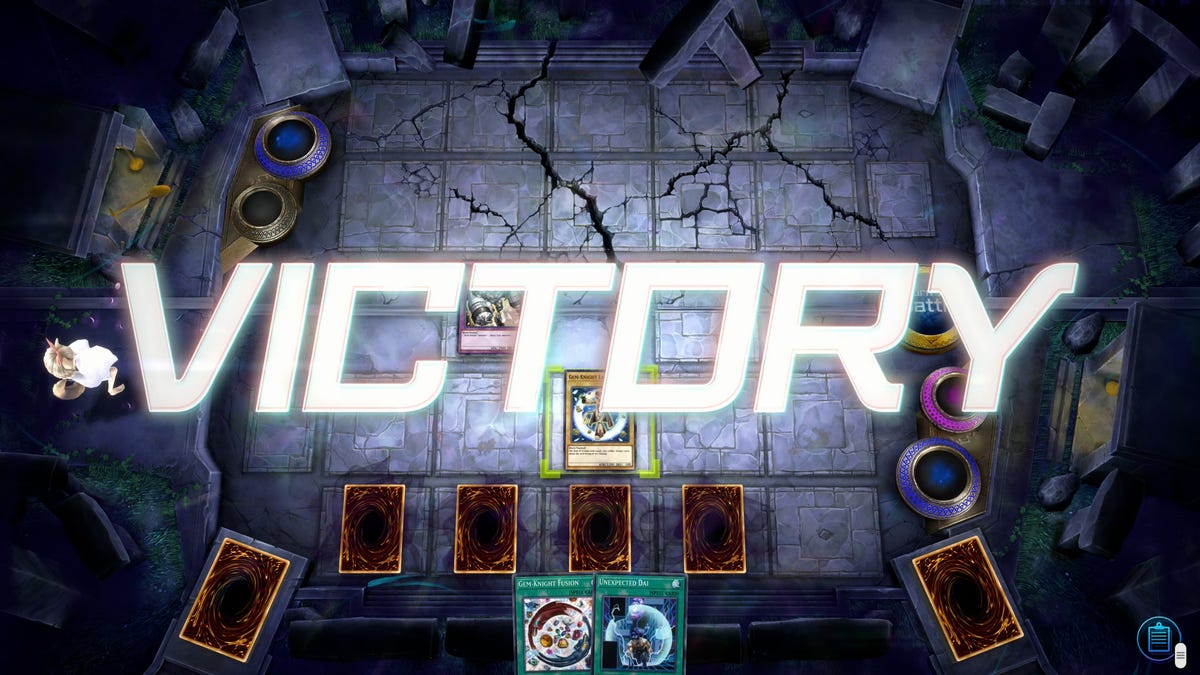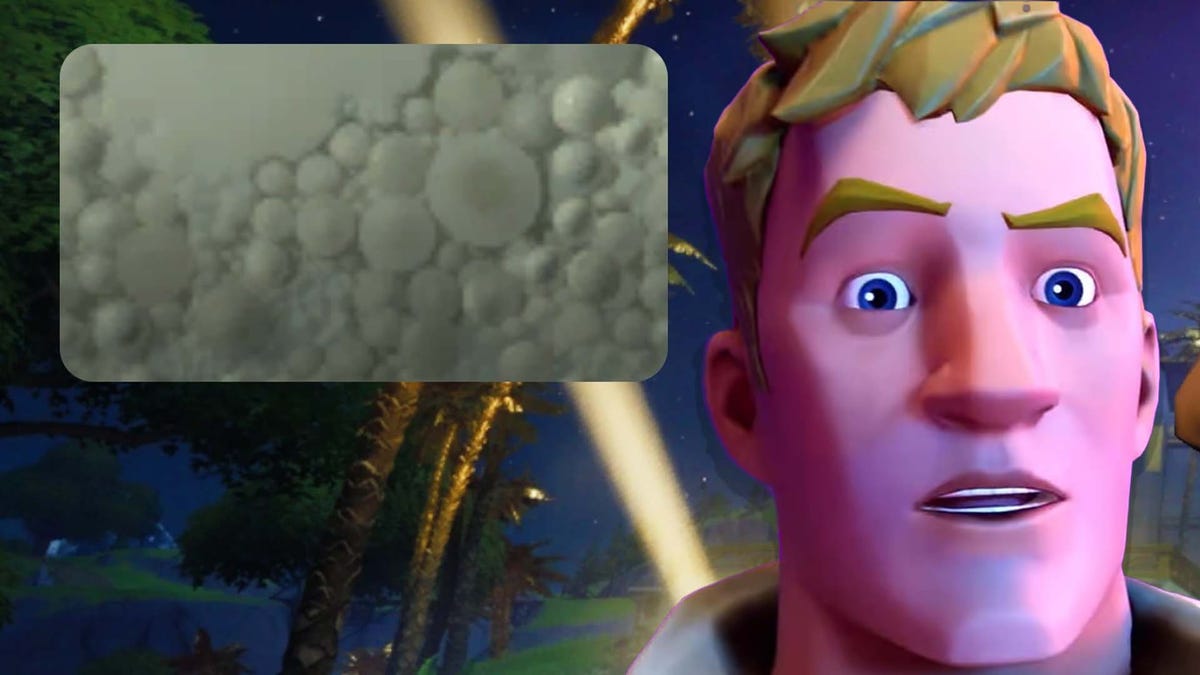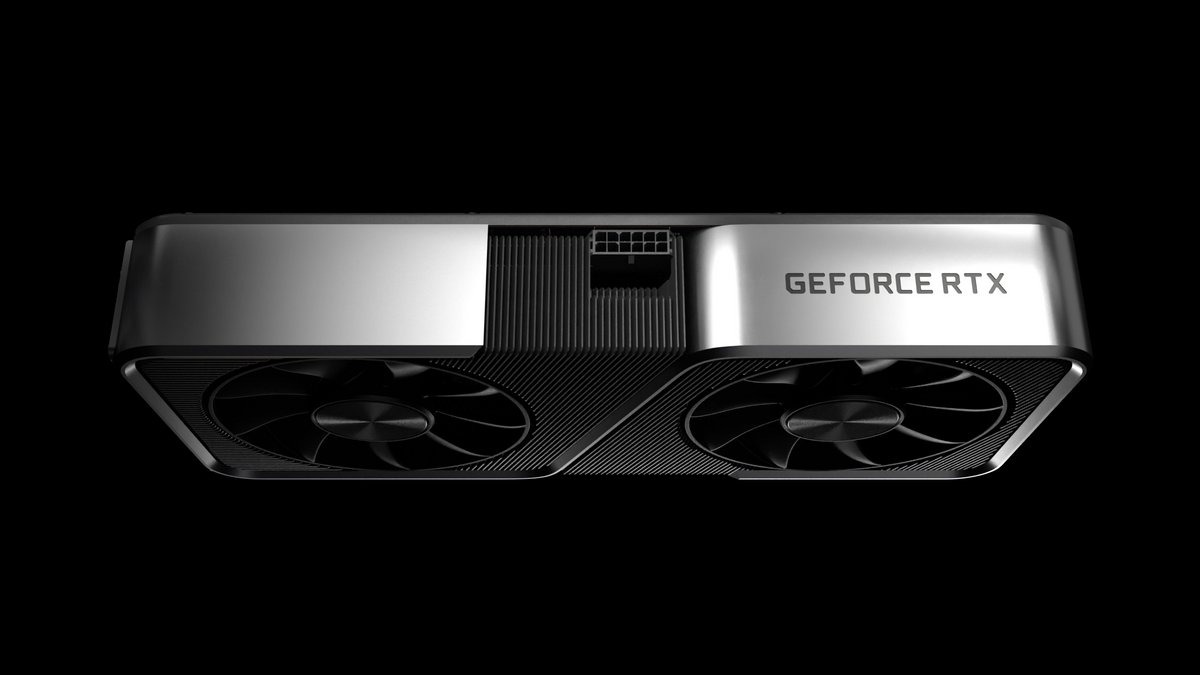I love the mechanics of Konami’s long-running collectible card game Yu-Gi-Oh!, but I’m too impatient to wade through banal anime tales of pointy-haired teens learning about friendship and sportsmanship in order to get my collectible card game fix. Yu-Gi-Oh! master duel, the free-to-play game released this week on PC and consoles, skips all the cartoon nonsense and gets straight to the heart of the cards, Magic: The Gathering Arena style.
There’s no Yugi, Joey, or Seto Kaiba. There isn’t any wandering around town challenging random cartoon characters to card battle. Yu-Gi-Oh! master duel gives you a small collection of its more than 10,000 cards, walks you through basic game mechanics, and then sends you off to play. You’re free to hop online and battle other players around the world or work your way through a series of single-player adventures cleverly crafted to help you learn both gameplay mechanics and the lore behind the cards’ eye-catching artwork.
Before you hop online, you’ll want to get some cards and build a deck, as the starter deck the game provides is incredibly basic and will get your ass kicked every time. Fortunately, Konami is very free with gems, master duel‘s in-game currency. Simply completing the tutorial and playing through the first few solo adventures has already helped me earn somewhere around 20,000. One pack of eight cards costs 100 gems in the in-game shop, so at this point I am swimming in various types of blue-eyed dragons.
Warning: Opening card packs is incredibly enticing. The cards shoot out of an opened pack in a flash of colors and light. They turn around like Wheel of Fortune tiles, revealing their nature. Ultra and super-rare cards wiggle a bit at first, letting the more basic cards be revealed first, teasing. Some cards even come with keys that unlock Secret Packs, special time-limited card packs themed around particular cards or strategies.

Had I downloaded this free-to-play game only to several dozen card packs I would have been satisfied, but Konami also included card battles as well. Build your deck from scratch, purchase a premade structure deck from the shop, or download a public deck recipe from the internet. There is a seemingly endless number of public decks available. Got a favorite card? Put its name into the search and find a deck built around it.
Once you’ve got a deck you’re comfortable with, hit up the Duel menu, where you can go online and get that fresh new deck completely destroyed in a single turn, as I did in my first online battle. I set a monster, passed the turn to my opponent, and they then spent a ridiculous amount of time summoning monsters, sacrificing those monsters to play even more powerful monsters, and continuing that pattern until my side of the board was empty and their side had upward of 10,000 points of damage ready to be freely applied to my piddling 8,000-point life pool. Being a good sportsman, I conceded before they could have the satisfaction of seeing their grand plan come to fruition. I could almost hear them monologue each played card, Yugi-style. We’ll be having none of that.
To be fair, my opponent’s slow build-up could have also been due to lag. The connection in online games, especially when playing against cross-platform opponents, can be rather spotty. Two of the handful of online play wins I have under my belt were due to my opponent’s connection dropping, which is completely unfair but I’ll take it.

Connection issues aside, the presentation of duels is top-notch. The playfield shakes with the impact of attacks as little collectible pets stand on the sidelines and cheer you on. Rare and powerful summons rock nifty animations, letting players know when the big guns come into play. The cards look lovely, and information on what they do and when they do it is readily available in bold, easy-to-read text. Winning a round causes your opponent’s side of the playfield to crack in an incredibly satisfying way, which is nice, because winning should feel good.
As a more casual Yu-Gi-Oh! player, my favorite feature of master duel is the single-player content. Once you get past the tutorials there is a series of challenges based around different card groups and deck builds. For example, there’s a challenge called Ruin and Demise. It begins with a little cutscene introducing players to the characters behind the Ruin: Queen of Oblivion and Demise: King of Armageddon. They’re a pair of powerful deities, both vying to end the world in their own special way.

After the cutscene there’s a practice round which shows how the cards’ particular mechanics work in a set scenario. Once practice is over, you duel against an AI opponent using a Demise and Ruin deck, bringing the lore and lesson together in one lovely package. Once completed, these themed solo missions reward you with some of the featured cards, so you can put all of that learning to use.
I love this mission structure. It brings me closer to the cards, assigning them significance and meaning beyond just being rare and powerful. I’ve unlocked 13 solo missions in total so far, and I’m hoping I’ll either unlock more or Konami will add more as master duel evolves.
other Yu-Gi-Oh! master duel will continue to evolve. There are plans for special online tournaments and live events. More cards will be added as the physical game expands. Though the game is currently only available on console and PC, it will be coming to iOS and Android devices in the near future, so everyone will be able to play anywhere on just about anything.
Don’t get me wrong, I’m a fan of all the Yu-Gi-Oh! games. Until master duel came out I was getting a quick fix from Rush Duel: Dawn of the Battle Royale, a game with a pointy-haired hero I care nothing about and a fast-paced gameplay variant that trades strategy for speed. But I don’t need that anymore. master duel is all the Yu-Gi-Oh! I crave without any of the silly anime fluff.
.








